One of the biggest challenges in analytics is not building dashboards, it is making sure that everyone is working from the same version of data. Tableau Next tackles this with semantic models. Instead of treating data sources, calculations and metrics as one-time used assets, Tableau Next introduces them as a central layer where logic and meaning are defined one time and reused everywhere else.
This shift may seem confusing at first, however, it means that organisations can scale Tableau without constantly worrying about inconsistent KPIs or duplicated calculations.
This blog will take you through what semantic models are, why they matter, how to build them, and how they will change the way Tableau (specifically Tableau Next) is used.
What is a Semantic Model
In Tableau Next, a semantic model is a shared, reusable definition of how-data should be understood.
It lives between raw data and the dashboards, metrics, or AI experiences that people interact with. It captures:
- Relationships between tables and their granularity
- Business logic for calculations and KPIs
- Metadata such as field names, description, and hierarchies
- Security rules for row- or column-level access
Unlike published data sources in classic Tableau, semantic models are extremely important in Tableau Next. They can be versioned, shared, and consumed across dashboards, metrics, and external tools, this ensures that one definition is constantly applied.
Why Semantic Models Matter in Tableau Next
- Consistency at Scale
Shared business metrics mean "Net Revenue" or "Customer Churn" are always calculated the same way
- Governance without Bottlenecks
IT and data teams define trusted logic once, in one area, while analysts still have the freedom to explore.
- Reusability Across the Ecosystem
Dashboards, Ask Data, Tableau Pulse, and even the Einstein Co-pilot all draw from the same semantic layer.
How To Create A Semantic Model
Creating a semantic model in Tableau Next is straightforward once you know the steps. Here is how to do it:
Start a New Semantic Model
From the workspace home page, open the dropdown in the top-right corner, click Add, and select New Semantic Model.


Choose Your Data Objects
You will be prompted to select from the data objects available in your Data Cloud streams. These can include:
- Data Lake Objects (DLOs) - raw, unfiltered datasets, often large tables straight from your data lake.
e.g.: Orders (all raw transaction data).
- Data Model Objects (DMOs) - refined versions of DLOs that have been cleaned, shaped, and prepared for analysis
e.g.: A Curated Table with OrderID, Customer Name, Price, Discount.
Pick the objects that are relevant to your model.
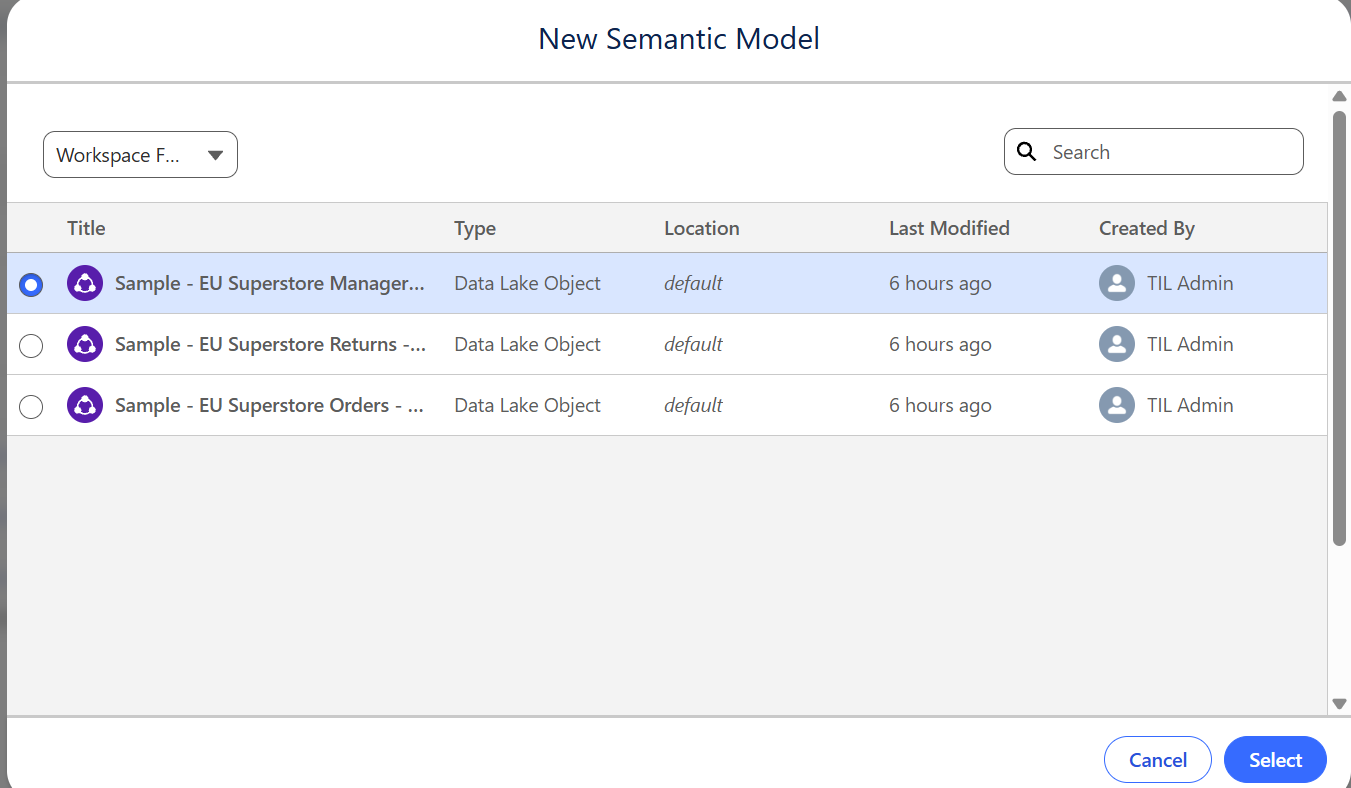
Define Relationships
You now need to connect your objects:
- You can let Einstein automatically suggest relationships by switching the toggle.
- Or if you want more control, you can define relationships manually by dragging one object onto another or using the plus sign (+) to create a join.
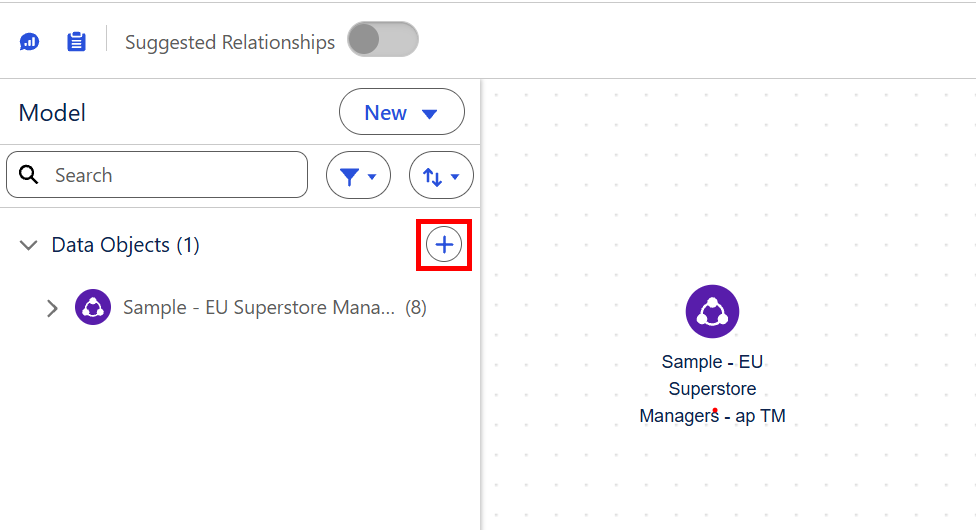
Refine Fields and Structure
On the main semantic model page, you can:
- Add additional data objects by clicking the plus sign.
- Remove fields that aren't needed to simplify the model.
- Rename or format fields to make them user-friendly.
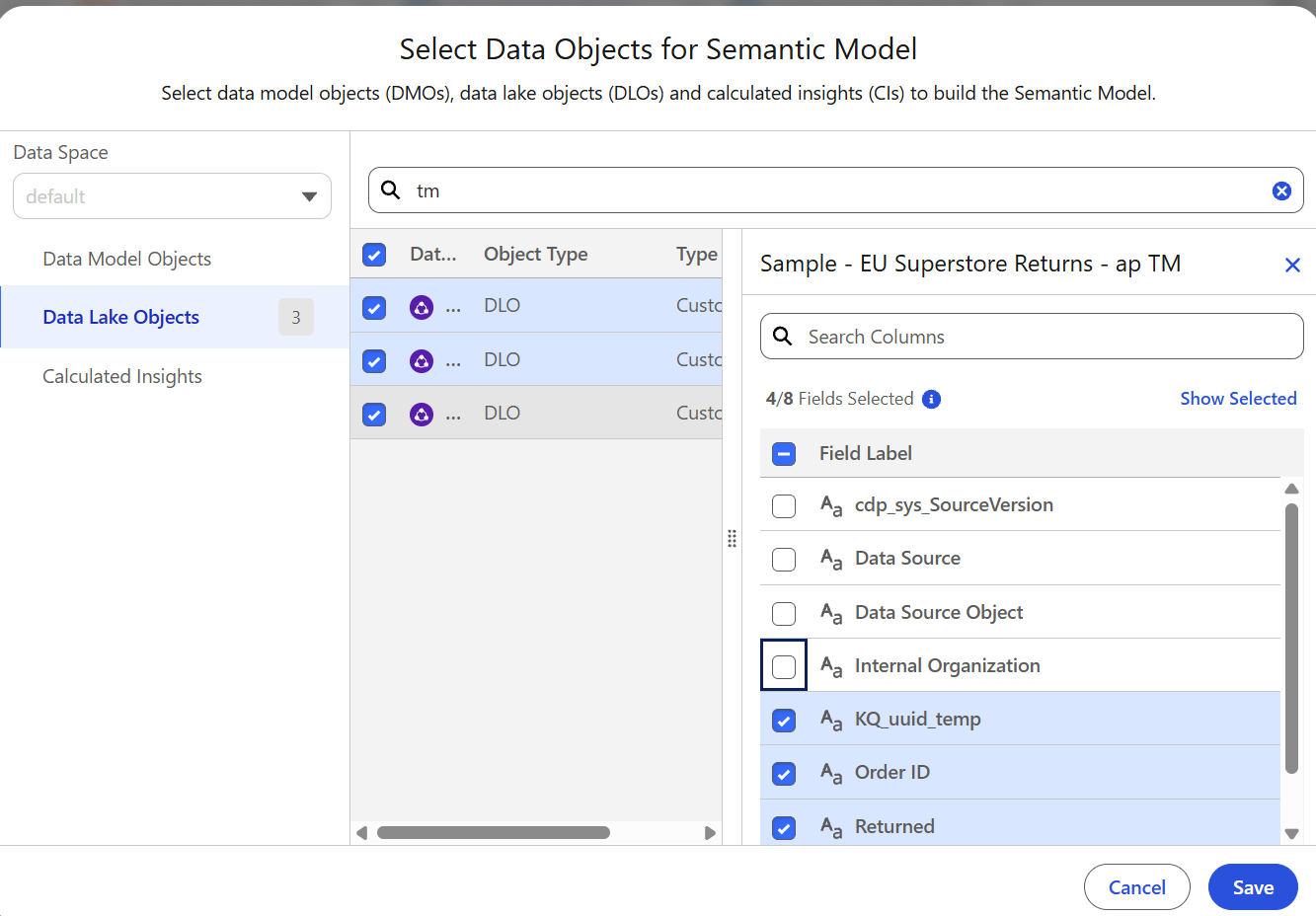
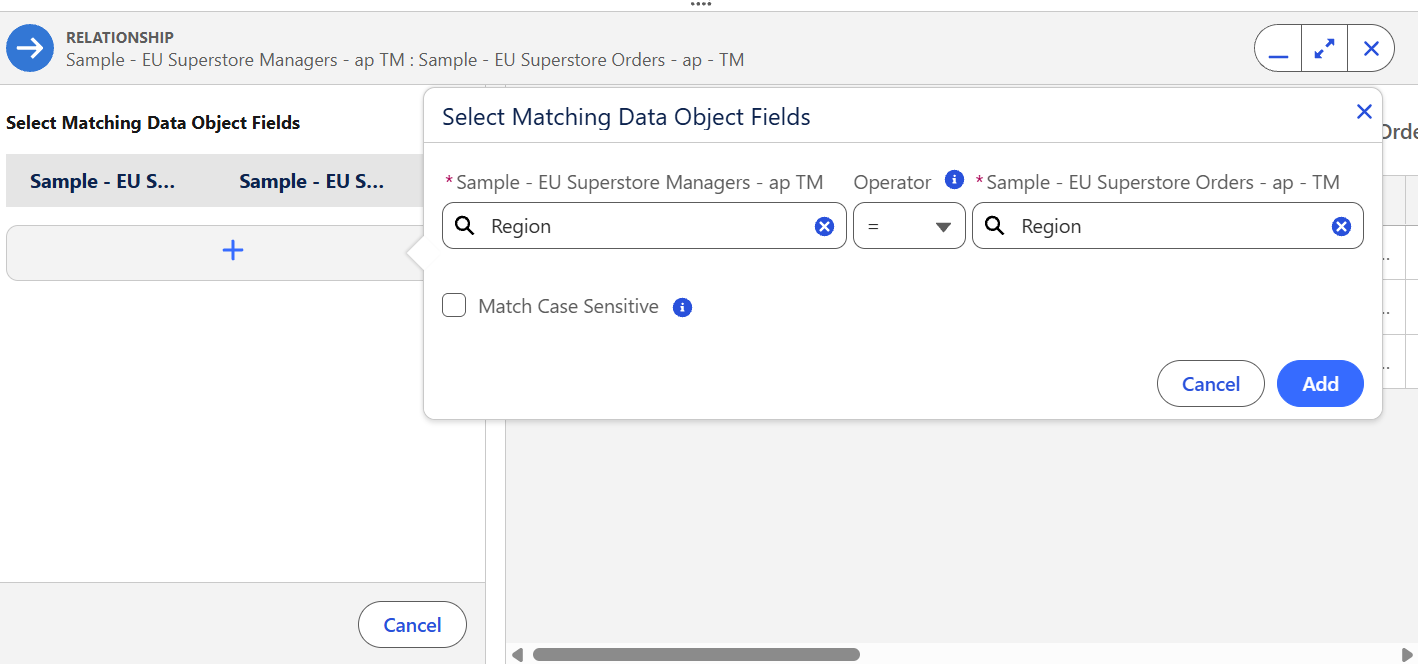
Finalise Your Semantic Model
Once your data objects are connected and fields are curated, you'll then have a semantic model ready for use.
This model can then be leveraged across Tableau Next - powering dashboards, metrics, and AI-driven insights with consistent definitions.
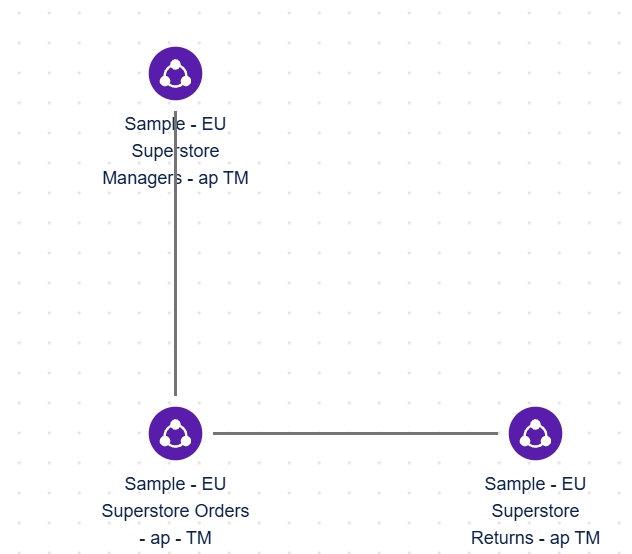
What Is Next For Semantic Models In Tableau Next?
Semantic Models are solidifying themselves as the backbone of Tableau Next. By centralising definitions and governance, they unlock scalable self-service analytics.
As AI and natural language querying become standard parts of Tableau, semantic models ensure that answers are accurate and aligned with the business.
Tableau Next is not only about the new visuals or features - it is about layering a stronger foundation in those sectors. Semantic models formalise something many organisations have struggled with: defining data once and using it everywhere.
For teams serious about scaling analytics, semantic models will be the key to moving faster, collaborating better, and ensuring trust in every number that shows up in a dashboard.
